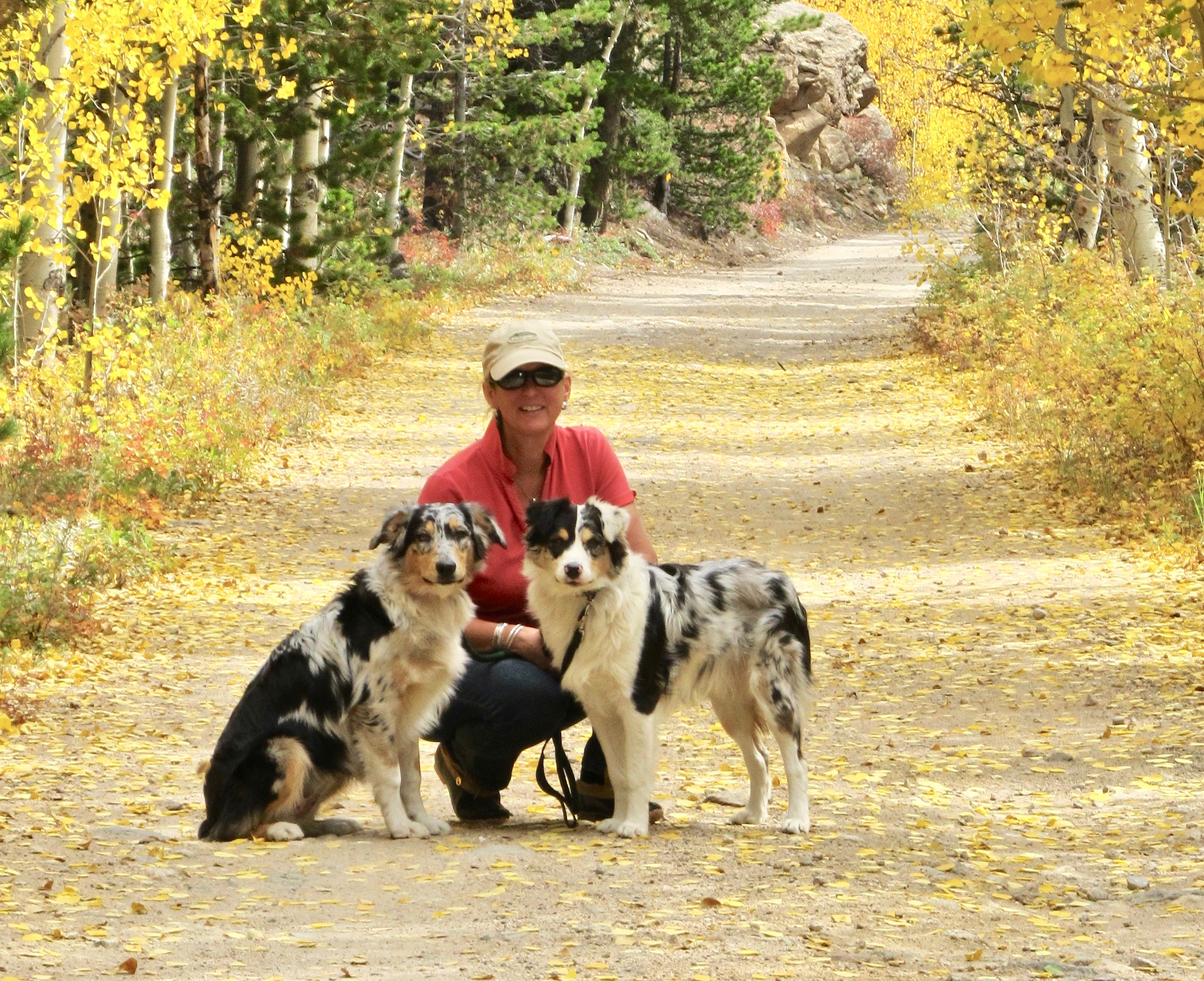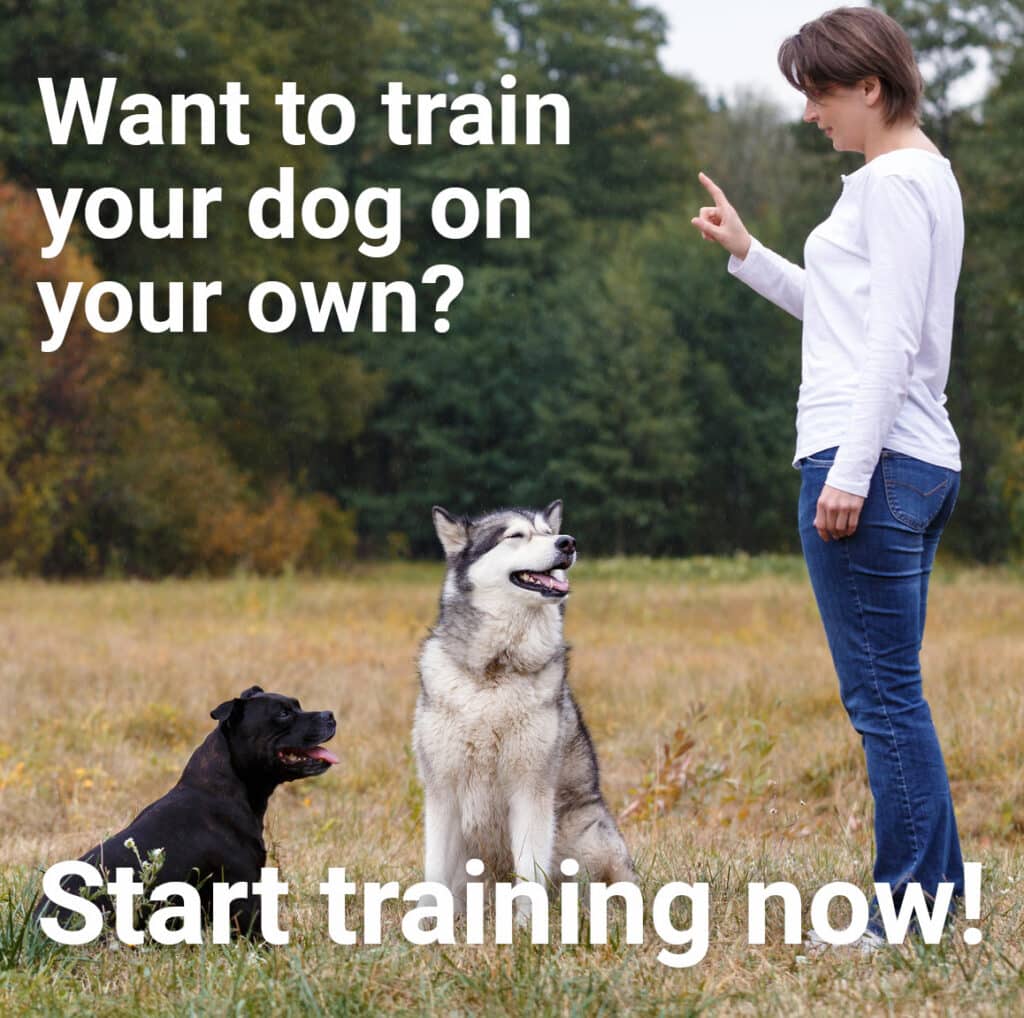It is very important when we communicate with others that we observe how they respond. Did they get happier? More Quiet? Do they pay attention or does their mind drift? Are they eager to be with you? When you ask your dog to do something how do they respond? Did they ignore you? Did they run away? Did they jump on you? When you understand your own body language and your dog’s body language, it is a constant conversation without words.
Dogs are watching us all of the time and everything we do matters because in the animal world all movement has meaning. The problem is the humans stopped paying attention a long time ago. We are so busy in our jobs, families, homes, hobbies and life that we stopped paying attention, but your dog is watching and learning when you aren’t even aware, and because humans aren’t as aware, we are constantly confusing our dogs.
When we observe how others respond we can make changes in ourselves to influence further interactions and create deeper connections. This applies to your relationship with your dog as much as it does the people in your life. In the animal world movements matter. Animals are always ‘reading the room’ so to speak. They are highly aware of who is in the room, what their energy is like, how they are interacting with others and what their possible intention is. This informs them so they know how to respond in an appropriate manner to stay safe, and to possibly engage in a positive way. Animals want to live in harmony with others and it is our job to teach them how to do that.
Some dogs are very reactive, defensive and possibly aggressive in a household that is unpredictable, erratic and intense. Other dogs create their own havoc in a home because they are allowed to behave like puppies all of the time and respond by jumping on counters, jumping on people, tearings thing up, rushing the door and barking at everything that walks past. While others are content to lay around, chill out and barely lift their head when someone enters the house. It is up to the people to make changes for the better so their dog can follow their lead.
Your behavior dictates the behavior of those around you. Self-awareness is very important in this dialogue with your dog. When you ask ‘come’ – what did your dog do? Come joyfully running to you, or stand there contemplating the trees? If he came running GREAT! But if he just stood there and did nothing, how do you respond? Do you get an angry, punishing tone? No one wants to come towards anger, so that isn’t ideal. Do you keep standing there calling in the same tone and body language after your dog just told you that wasn’t working? Or do you make a change? Get happier in your tone, squat down so your body language is more invitational and act like you are the party your dog wants to be at. The later is far more likely to be successful.
It comes down to the basic concept that your dog can’t change unless you do. This is a time to self-reflect and see how the little things you do matter. Tone, energy, focus, intention all influence your dog’s behavior. When you change those around you change.

